A study of the unusual digestive system of an ancient group of insects has provided new insights into future biofuel production.


A study of the unusual digestive system of an ancient group of insects has provided new insights into future biofuel production.
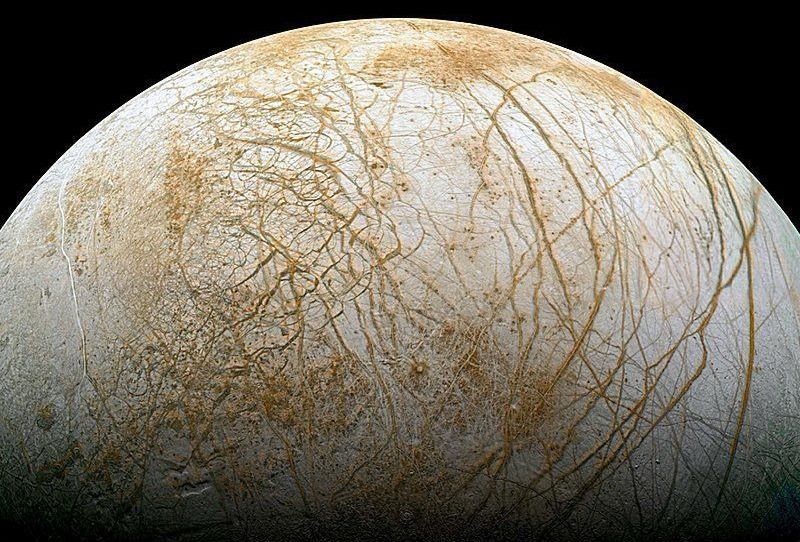
Jupiter is a giant hot gaseous planet situated after the asteroid belt at a distance of 365 million miles when it is the closest w.r.t Earth and 601 million miles when it is the farthest. It was just a few years back when Jupiter’s moon Europa was reported as a potential planet that can hose life. Europa headlined on the internet in 2016 after scientists were able to see water vapor like plumes erupting from its crust. But, as a part of new research at the University of Sao Paulo, Brazil, Europa might have liquid water flowing beneath its 10-kilometer deep ice crust. The researchers used data extracted the data from an analogous location on Earth and found that life is sustainable in even the harsh environment that Europa offers as it has a huge liquid ocean under its crust.
Douglas Galante is the part of the research team that stretched towards the Mponeng Gold Mine in Johannesburg, South Africa in such as evidence. During the research, they found that bacterium Candidatus Desulforudis Audaxviator survives inside the mine at the depth of 2.8 km without any sunlight. It uses the method of water radiolysis where the water molecules are dissociated with the help of ionizing radiation. The analysis of the mine highlighted the cracks that run throughout the mine filled with cracks that supply water containing radioactive uranium which in turns, helps the bacterium to break down water molecules and consume the free radicals produced.
Once the free radicals are generated, these subatomic molecules attack rocks in the surrounding which produces sulfate. This is what these bacteria utilize to synthesize energy and store it without even interacting with the sunlight. One of a kind findings confirmed that it was the very first time when scientists were able to explore a living organism using nuclear energy to survive directly. Galante stated that this ecosystem is analogous to that of Europa’s ocean which has a great amount of thermal energy and absolute zero temperature.
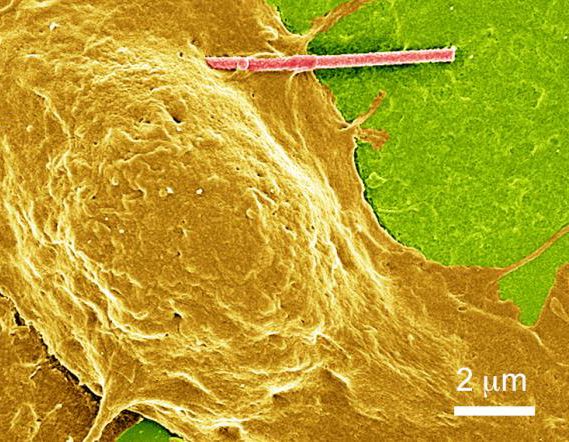
Researchers at the University of Chicago have developed light-activated nanowires that can stimulate neurons to fire when they are exposed to light. The researchers hope that the nanowires could help in understanding complex brain circuitry, and they may also be useful in treating brain disorders.
Optogenetics, which involves genetically modifying neurons so that they are sensitive to a light stimulus, has attracted a lot of attention as a research tool and potential therapeutic approach. However, some researchers have misgivings about optogenetics, as it involves inserting a gene into cells, potentially opening the door to unforeseen effects and possibly permanently altering treated cells.
In an effort to develop an alternative, a research team at the University of Chicago has devised a new modality that can enable light activation of neurons without the need for genetic modification. Their technique involves nanowires that are so small that if they were laid side-by-side, hundreds of them would fit on the edge of a sheet of paper. Although initially designed for use in solar cells, their small size also makes them well suited to interacting with cells.
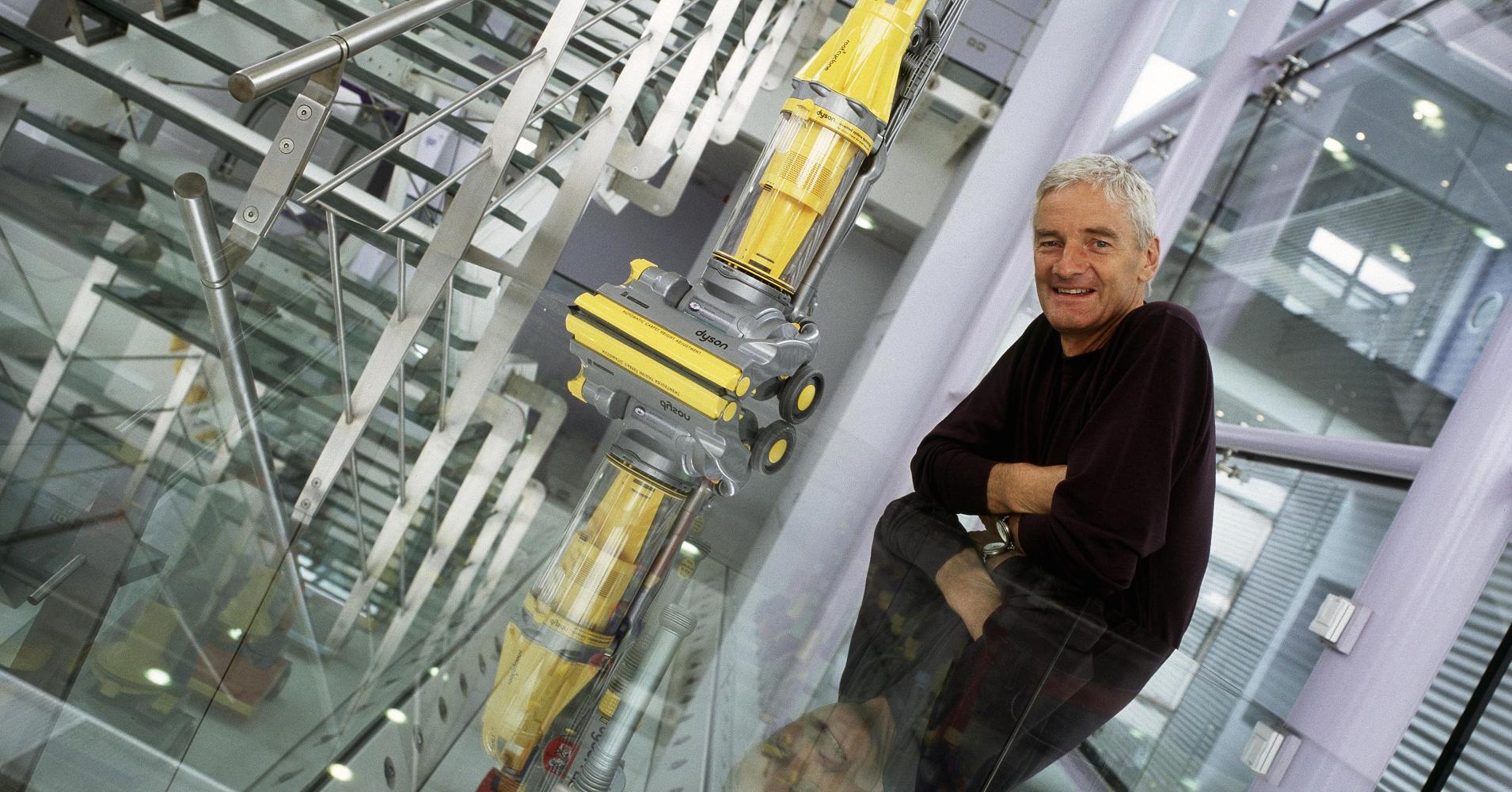
Engineering pioneer will produce 3 vehicles from scratch in bold £2 billion venture, Financial Times reports.
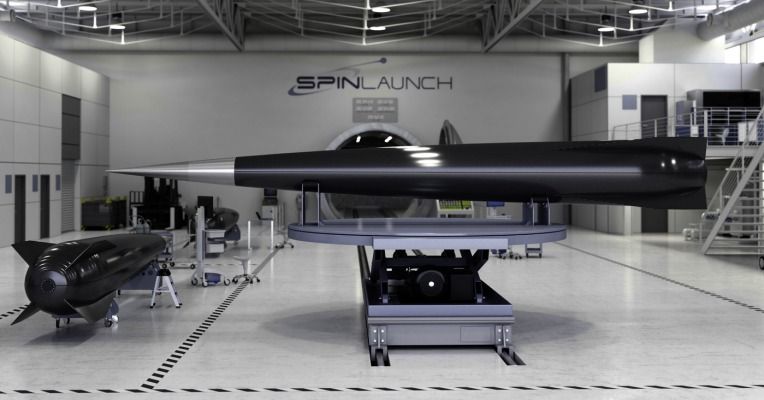
What if instead of blasting cargo into space on a rocket, we could fling it into space using a catapult? That’s the big, possibly crazy, possibly genius idea behind SpinLaunch. It was secretly founded in 2014 by Jonathan Yaney, who built solar-powered drone startup Titan Aerospace and sold it to Google. Now TechCrunch has learned from three sources that SpinLaunch is raising a massive $30 million Series A to develop its catapult technology. And we’ve scored an interview with the founder after four years in stealth.
Sources who’ve spoken to the SpinLaunch team tell me the idea is to create a much cheaper and sustainable way to get things like satellites from earth into space without chemical propellant. Using a catapult would sidestep the heavy fuel and expensive booster rockets used by companies like SpaceX and Blue Origin.
SpinLaunch plans to use a centrifuge spinning at an incredible rate inside a vacuum that reduces friction. All that momentum is then harnessed to catapult a payload into space at speeds one source said could be around 3,000 miles per hour. With enough momentum, objects could be flung into space on their own. Alternatively, the catapult could provide some of the power needed with cargo being equipped with supplemental rockets necessary to leave earth’s atmosphere.
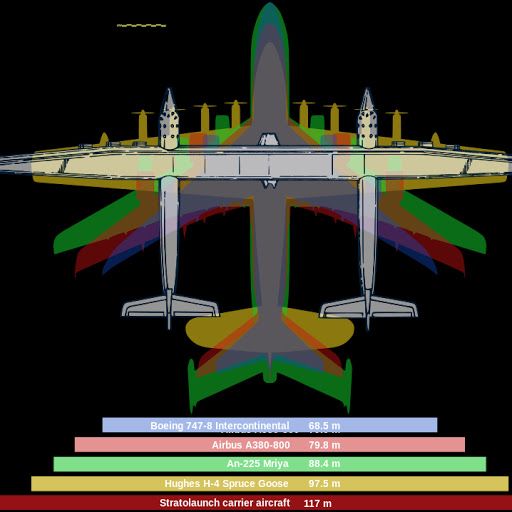
Image: Stratolaunch Billionaires are taking to space the way wistful young men take to the sea in 19th Century novels. Last week, Elon Musk launched his Tesla Roadster at the astroid belt using the world’s most powerful rocket currently in operation. Not to be outdone, Microsoft’s co-founder Paul Allen also has a big plan (and a big plane) for going to space. In December of last year, the Stratolaunch performed its first taxi at the Mojave Air & Space Port in Mojave, CA. While that doesn’t seem terribly exciting, it’s the first step to getting the Stratolaunch, the world’s largest plane eve…

New cities are currently being planned to ease the strain on existing ones. In an ideal world, they should provide work and housing, and be sustainable and climate-neutral at the same time. Is this a realistic objective?

A zero-soil vertical farm is growing fresh greens stacked over 30 feet high.
Make sure to follow Focal Point for more stories like this!

Printed plastic solar cells should be able to harvest enough energy from indoor light to power your phone within the next few months.

Tesla released a new update to its mobile app to include some new cold weather convenience features when combined with its latest car software update.